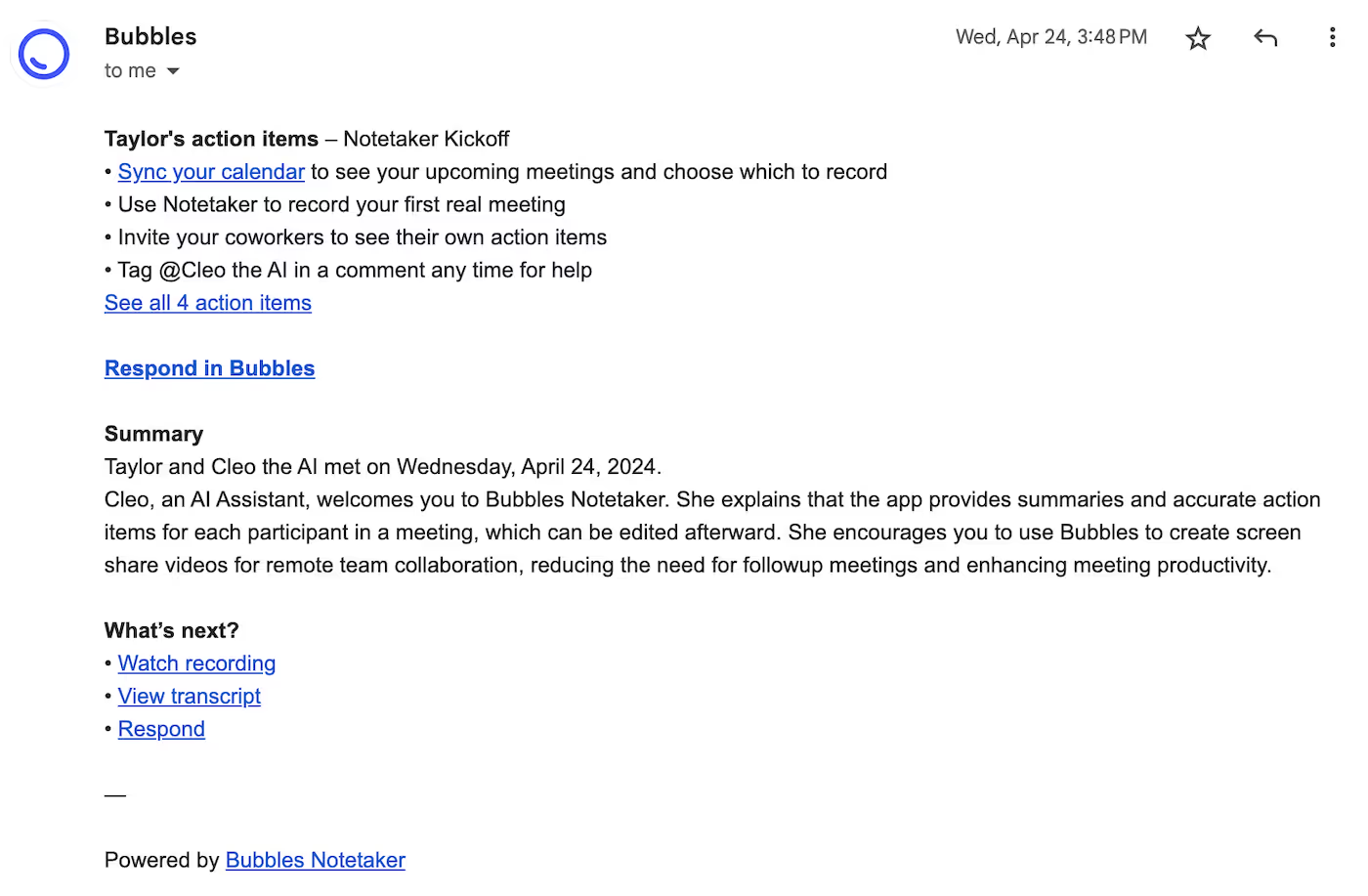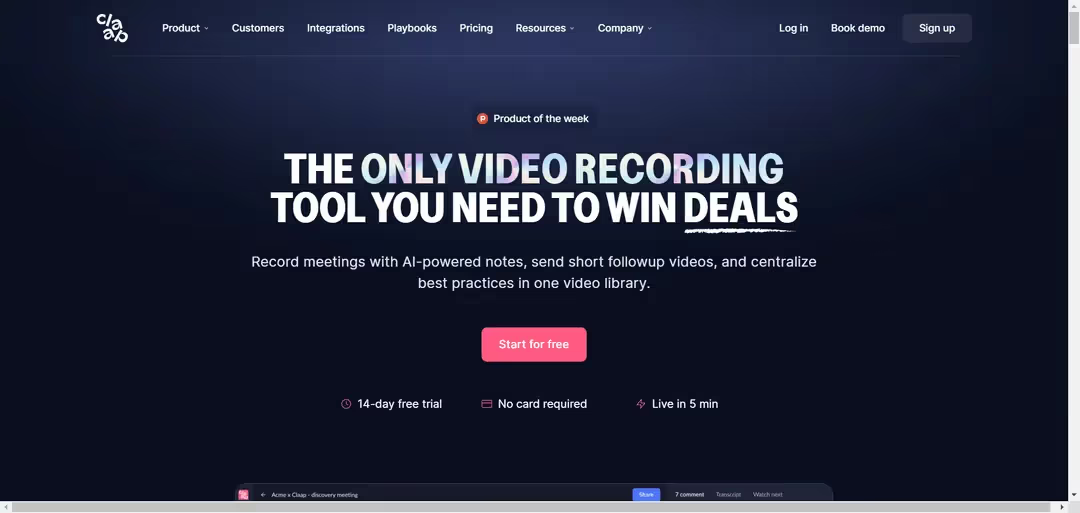
How to Run a Great Brainstorming Session That Generates Ideas
A great brainstorming session can go a long way towards unlocking creativity and innovation within your team. If your team struggles with unproductive cycles, this article is for you. Learn how to run sessions that spark create ideas and drive team success.
Brainstorming sessions are massive when it comes to generating new ideas, solving problems, and driving progress within teams, something we should all be striving to achieve. The reason that these sessions are so effective is because they encourage creative thinking and collaboration through open dialogue, leading to innovative solutions and fresh perspectives being brought to the table. Let's get straight into it, going through brainstorming techniques of our own that might just ensure that you harness the full potential of your team's creativity and share ideas more effectively.
How to Prepare for a Brainstorming Session
So, we've heard about their importance, but how do you prepare before you get into the brainstorming?
Define the Purpose
Think about what you and the team want or need from this discussion before the session so that you can naturally define the purpose and objectives. Is the goal to solve a specific problem, generate new product ideas, or develop a strategic plan? Regardless, knowing what you aim to achieve beforehand will help guide the session and keep discussions focused. This is a key skill when it comes to leading any meeting, but particularly when you brainstorm ideas, a bit of structure can be critical.
Select Participants
Now that you know what you want from your brainstorming session, you need to choose the personnel who you think are best equipped to help you achieve it. Choose participants who can contribute diverse perspectives, but that are also clued-up on the topic of discussion. Naturally, this promotes a mix of team members from different departments or with varying expertise. By brainstorming with a group like this, the creative juices will be flowing throughout the whole organization, and you are going to have more innovative ideas generated.
A little tip here is to pay attention to the character of attendees before choosing them. Include both extroverts and introverts to balance the discussion.
Set the Agenda
On the topic of structure, a detailed agenda outlining the session's flow and timing is essential. For effective brainstorming, you shouldn't outline the discussions themselves, but rather, the periods for discussion. Therefore, include an introduction, brainstorming activities, discussion periods, and a wrap-up. If you want more agenda inspiration, check out our 7 types of agendas, and choose one for your next meeting.
Get Your Technology Ready
With the amount of virtual meetings we are all partaking in these days, this tip is extremely relevant and helpful. Before your brainstorming session, make sure that your meeting software is connected properly, your audio and video work as normal, and that you have an AI note taker connected too.
If you are unfamiliar with AI note takers and therefore are confused by my advice, you should pay attention here. Using a note taker, such as Bubbles Notetaker (which is free) can play a crucial role within your brainstorming sessions, especially when they are done in virtual settings. Bubbles can automatically join your meetings, transcribe the conversations, record the sessions, and send you a tailored email post-meeting with specific action items and meeting recap. You will never forget the topics of discussion from your brainstorming ever again, and will have every piece of information available to you instantly post-meeting. For these reasons, adding your note taker should form part of your brainstorming virtual meeting etiquette.
Make your
meetings matter
Loved and trusted by 100,000+ users:
- Automatically Record and Transcribe Meetings
- Extremely Accurate Notes, Summaries, and Action Items powered by AI
- Works with Zoom, Google Meet, and Microsoft Teams
- Save time and follow-up with quick async videos
Simply connect your work Google or Microsoft Calendar to get started.
What Is Strategic Brainstorming?
Strategic brainstorming is a structured approach to idea generation that aligns with the broader goals and strategies of the organization. Essentially, it involves focusing on specific strategic issues that you are facing, and pairing these issues with creativity of a brainstorming meeting to come up with new ideas and solutions to directly help with the issue at hand. Strategic brainstorming is smart for keeping idea generation specific and creative and I therefore advocate for this form of brainstorming, especially within a startup or company that faces lots of unique issues.
Benefits of Strategic Brainstorming
- Alignment: Keeps ideas aligned with strategic goals.
- Focused Innovation: You cherry pick the areas that matter the most and drive innovation within them.
- Resource Efficiency: Strategic brainstorming is targeted, and so utilizes resources effectively.
How to Lead a Brainstorming Session
Use Effective Brainstorming Techniques
Once you have introduced the session and set the stage, you are going to want to employ various brainstorming techniques to stimulate creative thinking. Give these a try:
- Brainwriting: Participants are tasked with writing down ideas individually before sharing them with the group.
- Starbursting: Focuses on generating questions rather than answers to explore all aspects of a problem. This can aid in hitting all critical areas of an issue.
- Mind Mapping: Visual diagram that organizes ideas around a central concept.
Facilitate the Discussion
When leading a meeting, you are the facilitator. One of your responsibilities is to guide the discussion and keep things productive and inclusive. Again, you will want a range of personalities in the meeting, so you might need to encourage all participants to contribute and build on each other's ideas.
Record Ideas
There's no point holding the brainstorming session if you don't keep a record of discussions! Capture in real-time using your chosen method. Again, we strongly advocate for the use of a note taker like Bubbles, as this way, you will be able to fully contribute to the discussion without worrying about scribbling down notes on a whiteboard or with sticky notes. With Bubbles, you gain the advantage of helping participants see the collective output post-meeting, while also keeping your focus on the meeting, idea generation, and creativity.
Brainstorming Session Template
We mentioned agendas earlier, but we also want to provide a brainstorming session template for you here. Using this template can help ensure a productive brainstorming session. Here it is:
- Introduction (5 minutes)
- Welcome participants and introduce the session's purpose and objectives.
- Get any initial questions clarified.
- Brainstorming Activity 1: Brainwriting (15 minutes)
- Have participants write down their bright ideas individually.
- Share and discuss ideas with the group.
- Brainstorming Activity 2: Starbursting (15 minutes)
- Find questions related to the central issue.
- Discuss potential answers and solutions.
- Brainstorming Activity 3: Mind Mapping (20 minutes)
- Create a mind map to visually organize the ideas that have been brought to the table.
- Discuss relationships and prioritize ideas. You cannot accomplish everything at once, so prioritizing is key.
- Wrap-up and Next Steps (10 minutes)
- Summarize the key points and decisions.
- Assign action items and set deadlines for follow-up tasks. Oh wait - with Bubbles, you can skip this step. Bubbles will automatically detect action items throughout the meeting, meaning you do not need to manually assign them. Your action items will be included in the email post-meeting, and can also be seen in your Notetaker area.
How to Follow Up After a Brainstorming Session
I want to continue my previous point here, because I really cannot begin to explain how much time you will save post-meeting by using Bubbles. Here is an example of what a Bubbles follow-up email looks like, so that you can visualize Bubbles completing all of the below tasks for you. Anyway, I will walk you through what's important in case you decide to keep things manual.

Consolidate and Share Ideas
After the session, consolidate all recorded ideas into a document or digital format that can be distributed. Share this with all participants to ensure everyone is on the same page, or ideally, automate it! ;)
Assign Action Items
Assign specific action items to team members, ensuring each task is clear and actionable.
Monitor Progress
Regularly check in on the progress of action items and provide support as needed.
One more tip here - Bubbles' screen recorder feature allows you to record and share detailed explanations of complex ideas or tasks, making it easier for team members to review and understand their assignments. This can be used to provide support, feedback, or to generally walk through action items and ask for updates.
Reflect and Improve
Finally, reflect on the effectiveness of your brainstorming session. Ask for feedback from participants. Identify areas for improvement and apply these lessons to future brainstorming sessions to change your brainstorming game.
Why Brainstorming Sessions Are Important
Brainstorming sessions are crucial for boosting creativity, collaboration, and problem-solving throughout entire teams. According to a study by Adobe, 82% of companies believe that creativity is a key driver of economic growth, yet only 41% feel that their organization is creative. By purposefully dedicating time and energy to finding and sharing fresh ideas, you can bridge this gap and train employees to think outside the box.
Furthermore, your brainstorming sessions bring together team members from different departments and backgrounds, promoting cross-functional collaboration. We love collaboration at Bubbles, and we believe it is a key driver for success and continuous improvement. How so? Well, involving team members in the idea generation process can not only boost morale and engagement, but it can create a real team feeling, where each member sees their contribution taking effect.
Conclusion
Running an effective brainstorming session requires careful preparation, structured facilitation, and thorough follow-up. However, the benefit of brainstorming and creative thinking makes the effort completely worth it. By being strategic with brainstorming techniques and general meeting structure (by using tools like Bubbles Notetaker), you can drive continuous improvement and generate innovative ideas consistently. Implement these practices to make your brainstorming sessions productive and impactful, and you will see the output on your problem-solving abilities.
Collaborate better with your team
Get your point across using screen, video, and audio messages. Bubbles is free, and offers unlimited recordings with a click of a button.
.avif)
Collaborate better with your team
Get your point across using screen, video, and audio messages. Bubbles is free, and offers unlimited recordings with a click of a button.
.avif)













.avif)